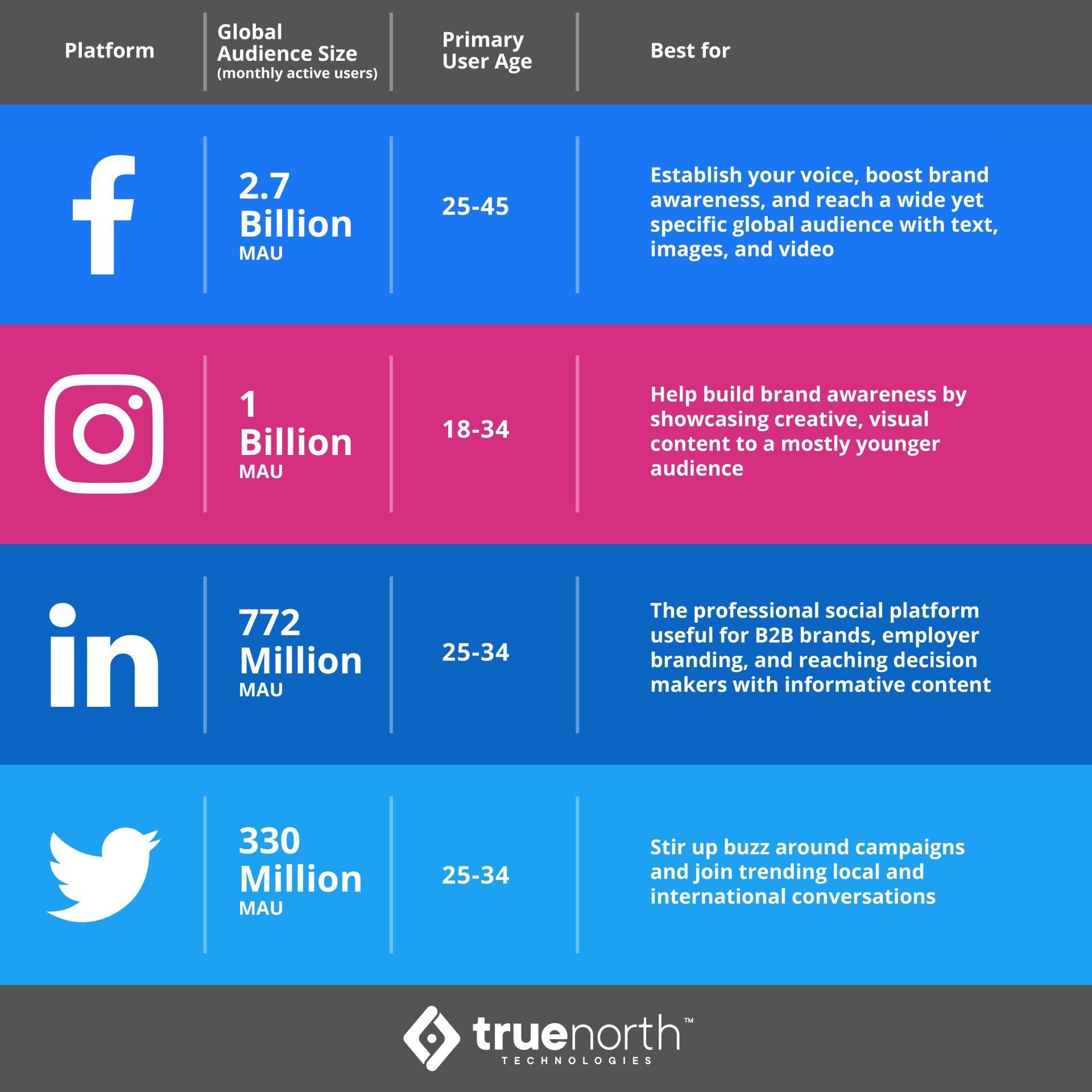While websites still form the Internet’s backbone, mobile apps and social media platforms are now starting to take over. Given the vast growth of social networking platforms, it’s worth understanding the value of proper social media management.
The Internet has transformed dramatically over the past few decades. What was once slow, clunky, and chaotic has become quicker, cleaner, and largely user-friendly. Although there will always be challenges involved when testing out new functionality, it’s now easier for the average individual to find and access valuable content online.
While websites still form the Internet’s backbone, mobile apps and social media platforms are now starting to take over. For example, over two-thirds of U.S. adults reportedly used Facebook every day in Q3 of 2020, making it the market leader among social media platforms. Given the vast growth of social networking platforms, it’s worth understanding the value of proper social media management.
What is Social Media Management?
Social media management is the ongoing, long-term process of analyzing social media platforms and their audiences to develop and implement specific business strategies. The best strategies include creating and distributing original content for company profiles, monitoring audience engagement, contributing to conversations, providing value to the community, as well as measuring and analyzing ROI and performance. The following are among the major benefits of social media management for businesses.
- Lowers Cost: No matter your budget, social media is one of the most cost-effective methods of digital marketing. It’s free to join most social media networks, post content, build a following, and engage with an audience. Most major platforms also allow businesses to further leverage the platform’s power via paid advertising options.
- Improves Reach: Social media networks, from Facebook to LinkedIn, can instantly connect businesses with interested followers across the world. Traditional marketing and advertising can’t match the reach, price, or value of online platforms, making social media management a must for 21st century businesses.
- Attracts New Users: Incorporating social media into your marketing strategy allows you to align your marketing goals with user behavior. For example, 74% of people now use social media when making purchase decisions, and 80% seek advice about purchases from their various social media networks.
- Boosts Performance: Marketers and business owners alike agree on the potential of proper social media management. Companies can build their brand and even generate leads and sales by connecting with the billions of individuals online. For instance, nearly 45% of business-to-business (B2B) marketers have earned at least one client through Facebook.
What is Social Media Management?
Individual business goals will determine the answer to this question. Ask yourself, “What are my business objectives (brand awareness, lead generation, conversions, website traffic, etc.)? Will I be able to meet my business objectives on the platform? What are the demographics of each network and do they match the audience I’d like to reach?

Established in 2004, Facebook now has nearly 3 billion active monthly users, a population larger than any single country. This diverse platform offers businesses a great opportunity to brand and market themselves online, as well as reach and connect with a wide audience.
Instagram is a great channel for brands which create a lot of visual content. This audience tends to be younger, generally with more female than male users. This is a great platform for businesses with products or services related to art, fashion, and healthy lifestyles.
LinkedIn is the professional social network for B2B brands which target businesses across many different industries. With LinkedIn, one can easily find, interact, and share valuable content with people based on location, job title, or industry.
Twitter has over 330 million active users worldwide and is where many users go for daily news and trends. This platform is ideal for businesses that wish to join and contribute to conversations about trending topics in their area or industry.
Social media management is an important part of any modern marketing strategy. It’s provides business’s a blueprint for how they should manage online content and interactions via various. While creating generic content and encouraging engagement is certainly important, structuring a calendar and consistently publishing useful, relevant material is just as vital. The most successful businesses build and nurture their online audiences by fostering brand awareness and eventually converting to loyalty and sales.
At True North Technologies, we’re dedicated to improving business’s online presence with cutting-edge websites, mobile apps, SEO, branding, and social media management. We encourage you to contact us with your questions or concerns regarding these or any other digital marketing strategies.
Latest Posts



